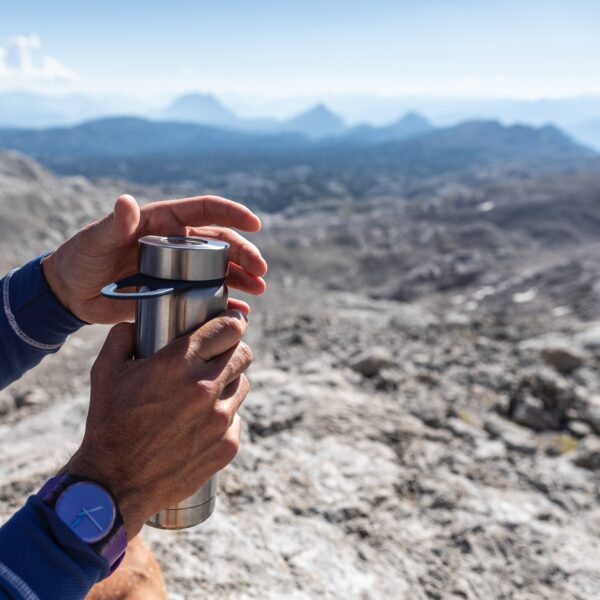Recovering from overtraining doesn’t have to be complex and it’s useful to know how to do so, even if you haven’t experienced the effects of overtraining yet. The information here is not designed to be a one size fits all guide and should not be used to treat or diagnose your own experiences. As always, you should make sure to consult a GP if you have any concerns.

What is overtraining?
Overtraining is when you are exercising too much for the rest time you’re allowing yourself or maybe you have other lifestyle factors that are limiting your recovery. Simply put, overtraining is essentially exercising burnout, and yes, you can have too much of a good thing. Exercising too much without the necessary rest our body needs will lead to an increased risk of injury, extreme fatigue and in some cases loss of fitness. Here are some signs to watch out for:
1. Ensure You Get Adequate Rest
Let’s talk about this step first as it’s probably the most obvious. If you’re sustaining injuries, feeling fatigued or are no longer enjoying the workout, you should take a break from training. Exercise is a type of stress that we put on our body to break down the muscle fibres so they can regrow bigger and stronger. If the body is fatigued and tired, the last thing it needs is more stress that it doesn’t have the capacity to process.
You may want to switch your regular training in the gym for something less stressful for the body such as a walk in the park. However, it is key to listen to your body. If you feel particularly fatigued from overtraining then it is worth taking a proper break for a few days. You’ll feel so much better when you return after taking a rest and your body will thank you for it. Whilst this may feel like a hard thing to do if you’re getting the plateau or loss of fitness symptoms, you have to remember that overtraining is likely to result in an injury that could leave you not being able to go to the gym for weeks.

2. Review Your Nutrition
Having a balanced diet is so important when it comes to fueling workouts and we all know how important protein is when it comes to muscle growth and recovery. However, recovering from overtraining calls for a slightly different approach. If you’re experiencing a lack of appetite as a result of overtraining, you will need to eat more in order to aid recovery.
Start by increasing your carbohydrate intake as this is a great way to help your body refill its glycogen levels. The body uses glycogen for energy, so having enough carbohydrates in the diet is important in order to maintain energy levels. Whilst this might sound like a hard thing to do if you were trying to lose weight, restricting at this time will not help you get back into the gym any faster and could delay actually your recovery.
Once you feel like you have regained your energy levels it’s time to take a look at your day-to-day diet. If you were not adequately refuelling yourself in the first place then this may have contributed to your overtraining symptoms. You may need to adjust your diet in order to prevent overtraining from happening again.

3. Stay Hydrated
Drink more water. Dehydration is a big contributor when it comes to muscle fatigue. You need to drink fluid during exercise to replace the fluids you lose when you sweat. That way, you’ll reduce the risk of heat stress, maintain normal body function, and maintain performance levels. The general rule is: if you’re sweating, you need to be drinking fluids. Remember to drink more water on days when you are participating in physical activity, this is particularly important if working out in hot conditions. It’s also worth knowing that caffinated drinks such as tea and other beverages with alcohol can all dehydrate you.
It is possible to drink too much during exercise. Over-hydration, in rare but severe cases, can lead to death. To avoid over or under-hydration, it can be useful to know your sweat rate. That way, you can work out exactly how much you should be drinking.
To work out your sweat rate:
- Empty your bladder.
- Weigh yourself in minimal clothing, as close to the start of exercise as possible (this is your initial weight).
- Record the ambient temperature.
- Do your exercise session.
- Record the volume of any fluid you consume during your exercise session (fluid).
- Estimate (or measure!) urine losses during your exercise session (urine).
- Weigh yourself again at the end of your session, in the same clothing as before – be sure to towel off any excess sweat from your body first (this is your final weight).
- Your weight change during exercise, plus any fluids consumed, minus any urine losses, reflects your total fluid loss for that session. To work this out:
- Subtract your final weight from your initial weight.
- Add the weight of fluid (in kg) that you consumed while exercising.
- Subtract the weight of fluid (in kg) you lost through urination.
- To make this into an hourly rate, divide it by the number of hours you spent exercising.
Sweat rate (L/hr) = [initial weight (kg) – final weight (kg) + fluid (kg*) – urine (kg)] / time (hrs) (*One litre of water or urine is equivalent to one kilogram.)
Remember, this is your sweat rate when exercising at a particular ambient temperature. Your sweat rate will change with the temperature, so it can be useful to measure your sweat rate at different times of the year.
5. Get Enough Sleep
Having bad quality sleep is a sign of overtraining, so if you’re experiencing this then it may be time to take a look at whether or not you’re giving your body enough recovery time between workouts. Quality of sleep can be a useful benchmark to gauge how your recovery is going. Not getting enough sleep will make you feel more tired, so consider getting to bed an hour earlier during times of recovery to give yourself that extra time at rest. As you know, when we’re asleep our bodies are repairing and recovering from the day, so the more sleep you can get during recovery periods the better.
Quality is also just as important as quantity here. Take a look at your sleep hygiene and maybe try a guided meditation to help you drift off.


